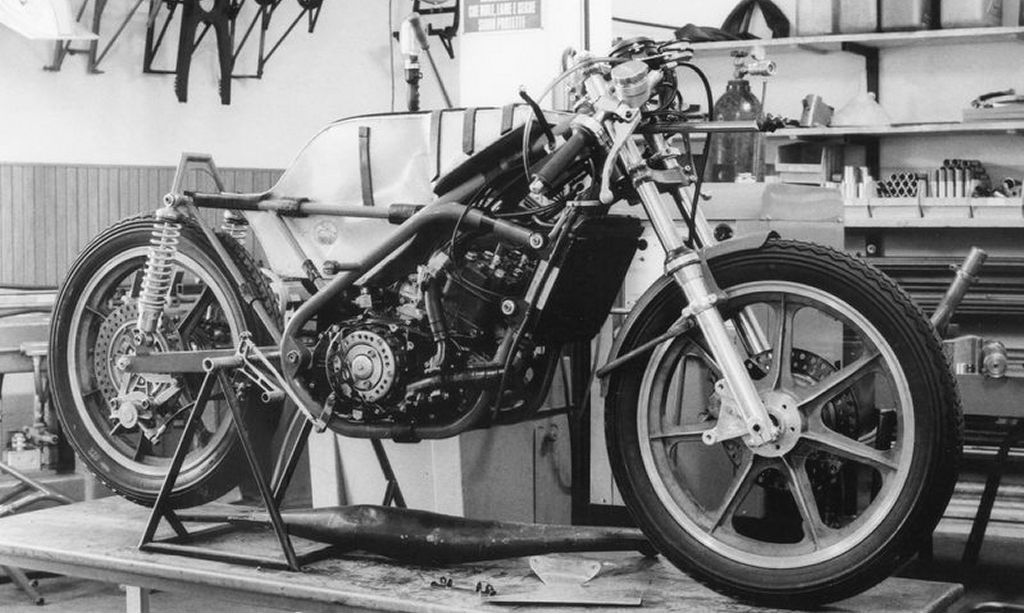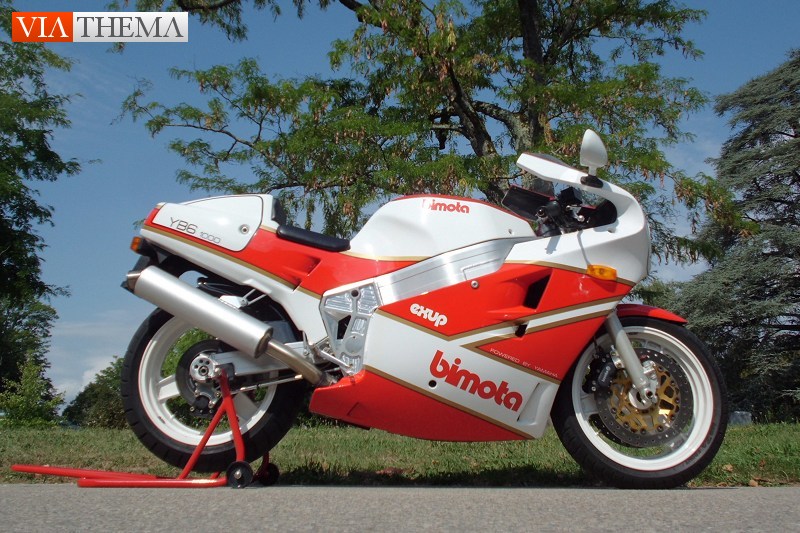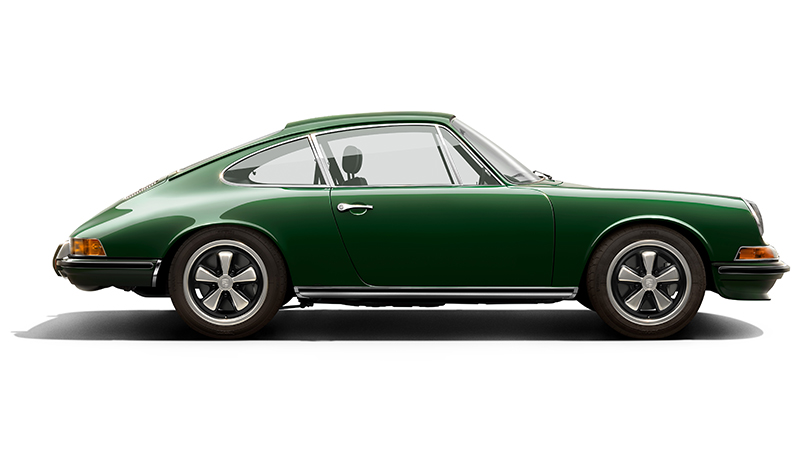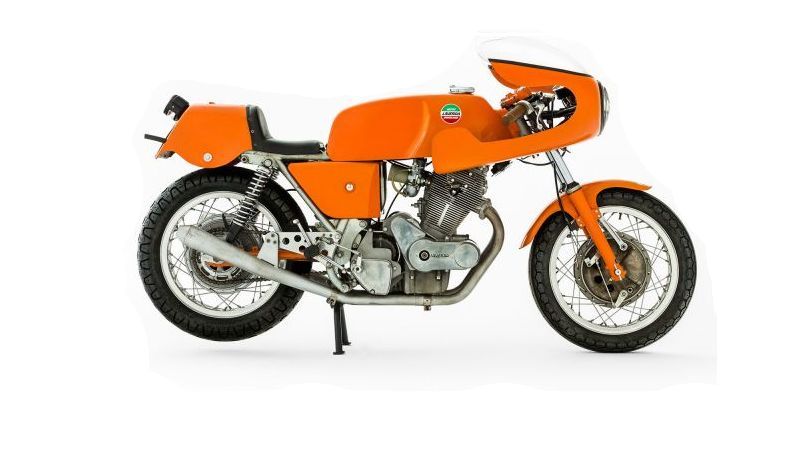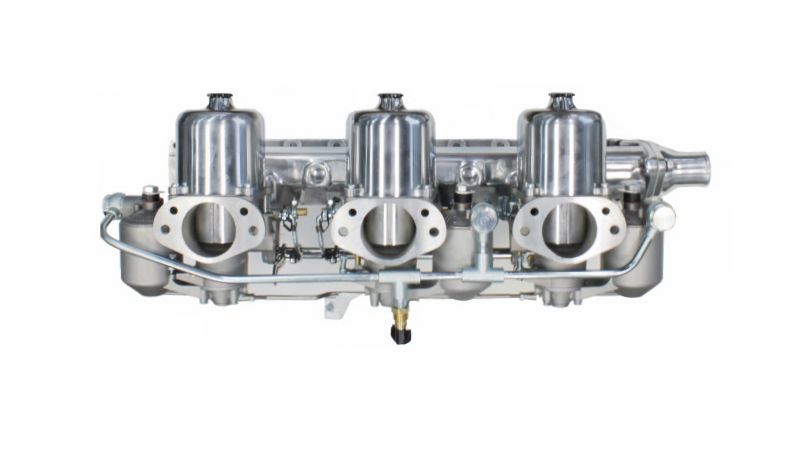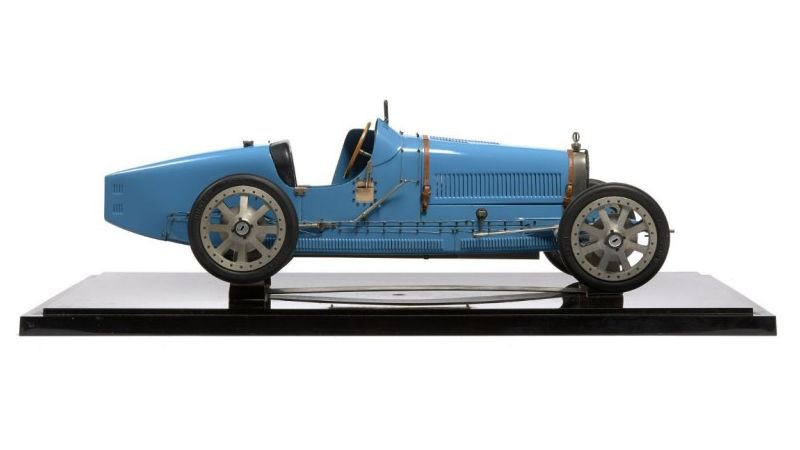Bimota Motorcycles
example Bimota successfully Sold
il mestiere pignolo di perfezionare quello che sembra perfetto
Bimota motorcycles was born by accident, though for superbike enthusiasts the accident was a surprisingly happy event.
In 1966, Valerio Bianchi, Giuseppe Morri and Massimo Tamburini establised Idrotermica Bimota, a heating business in the town of Rimini, on the Adriatic coast, an area of Italy which had long been a center for both racing and motorcycle manufacture.
Tamburini's passion however, was motorcycle design and Massimo modified several local riders' machines to make them faster, lighter and handle better. His efforts were rewarded with success, and before long his work on one particular bike, the MV Agusta 600 four, had gained the admiration of the entire Italian biking fraternity.
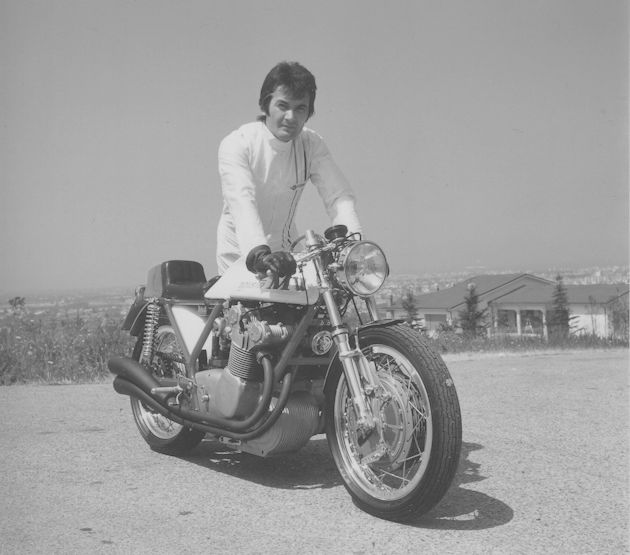
Massimo Tamburini with his 1971 MV Agusta 600 Bimota special
Yet, it was an event in the summer of 1972 which was the key to the birth of Bimota; a routine test session at the Misano circuit where Tamburini, his friend Giuseppe Morri and racer Luigi Anelli were testing a Honda CB750. Massimo crashed his Honda Four which left him with three broken ribs.
If the accident hadn't occurred, Bimota may never have come into existence. While Massimo was recuperating, he constructed a tubular steel frame that could withstand the horsepower being produced by the big Japanese manufacturer's engines. The frame Massimo constructed also lowered the center of gravity and reduced the weight of the original Honda.
With the creation of the Honda powered HB1, the first Bimota was born. Just ten HB1's were produced, but when a journalist wrote a feature about Tamburini's Honda, creating such a wave of interest, Bimota Meccanica was established. The new venture began trading on the 1st of January 1973.
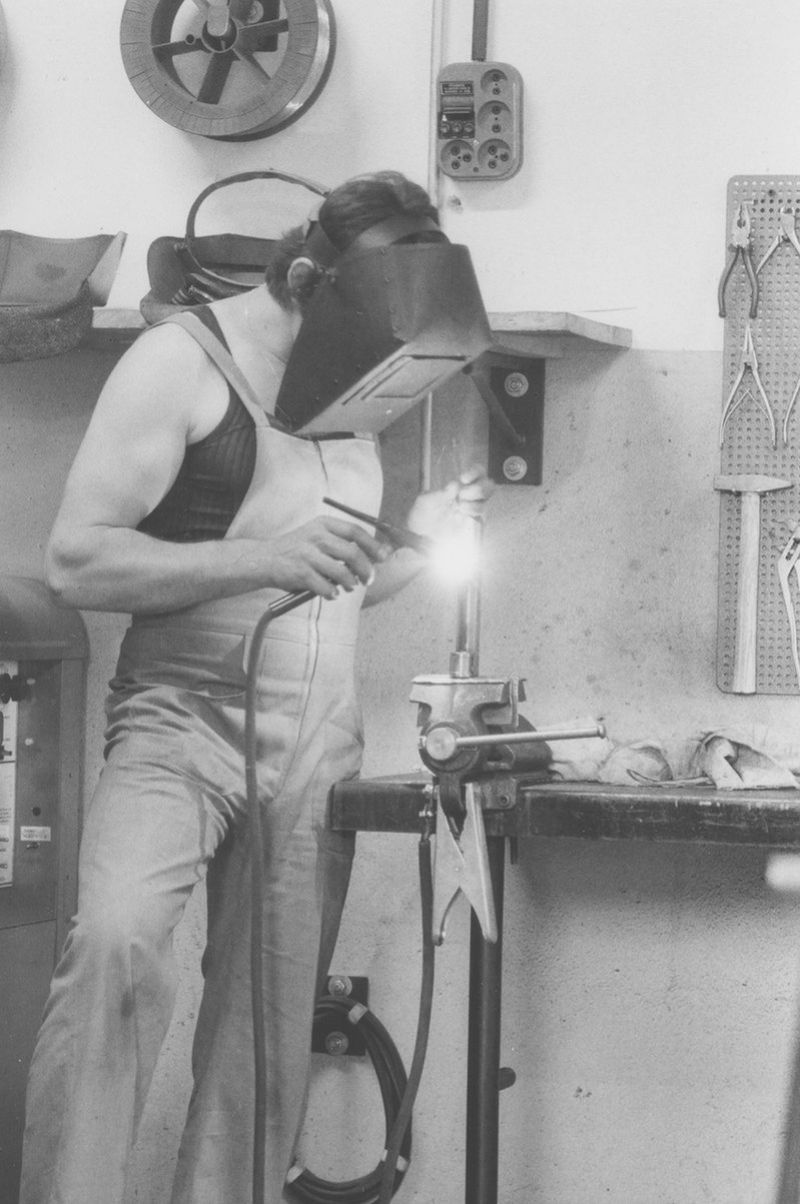
Massimo Tamburini welding a Bimota frame together
The Bimota name was derived from its founder's initials; Valerio BIanchi, Giuseppe MOrri and Massimo TAmburini. However, it was the enthusiasm and engineering excellence of Massimo Tamburini that carried the Company to success.
In addition to the Honda engined Bimota, Tamburini had just completed a pure racing machine powered by a Yamaha TR2 2-stroke engine. This was an instant success, and in 1975 Johnny Cecotto won the 350cc World Championship on a Bimota-framed TZ Yamaha.
The racing frames Bimota started to produce, such as the YB1, YB2, YB3, HDB1, HDB2 and SB1 became a must have for all serious motorcycle racers and quickly altered the perception of what a winning motorbike should be.
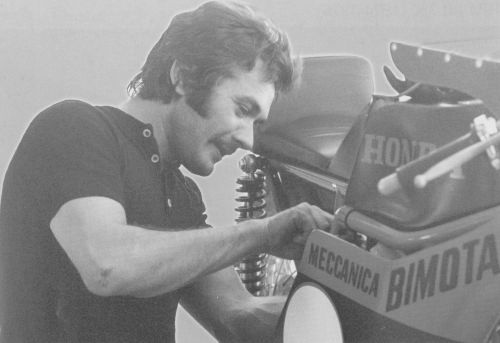
Massimo Tamburini working on the Honda powered Bimota HB1
In 1977 Bimota identified a new market niche and started producing exclusive high performance streetbikes such as the Suzuki GS750-engined SB2. Some of these models were sold in kit form, but it is the development of the now legendary Kawasaki powered KB1 that creates the major turning point in the commercial success of the Company.
Publicity and resultant sales success led to yet more mouthwatering superbikes and soon Honda and later Yamaha wanted a piece of the action as well and supplied Bimota with engines and official factory support. During this period, Bimota introduced several innovations for production motorcycles, including variable steering geometry, the space frame concept and a standard of workmanship previously unseen.
The eighties provided major success for the small Rimini based factory both on the track and through the development of a range of dream machines for the road including the futuristic Ducati powered Tesi with Hub-center steering front suspension shown at the 1983 Milan EICMA exhibition.
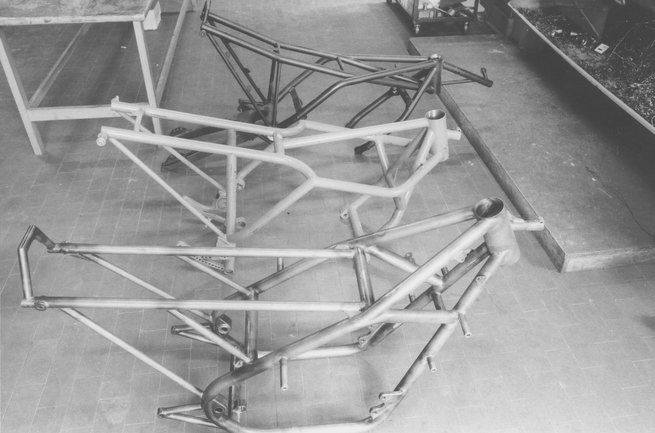
Honda Bimota HB1 frame
But it was also a period of transition with Tamburini leaving the company in 1983 to be eventually replaced by the talented young engineer Federico Martini who proceeded to write a whole new chapter in the legendary story of Bimota.
His experience working with Ducati, leads to the development of the Ducati 750 powered DB1 as well as the innovative aircraft alloy - scatolato - frame, so far ahead of its time that its basic concept is used by Bimota throughout the nineties.
Martini also took Bimota to new heights at the racetrack. In 1980, Jon Ekerold rode to victory in the 350cc Championship and in 1987, Virginio Ferrari did the same with a YB4R at the TT F1 World Championship.
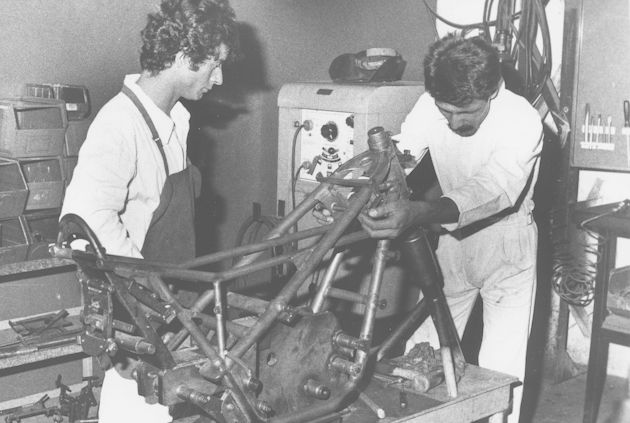
Massimo Tamburini creating a Bimota
The success of the DB1 ensured a comeback which continued through the late 1990s with Ducati and Yamaha engines. Bimota produced several models during the 1980s, including the HB2, HB3, SB3, SB4, SB5, YB4ie, YB6, YB6 Exup, YB6 Tuatara, DB1se, DB1rs, KB2 and KB3.
In the end of the 80's, Frederico Martini left Bimota and Pierluigi Marconi took his place as Technical Director. Marconi had collaborated with Martini as a student and he had great technical insight. He directed Bimota to produce bikes with aircraft alloy frames.
Under Marconi's supervision, Bimota produced the YB8, YB8e, YB8 Furano, DB2, DB2sv, DB2ef, DB3 Mantra, YB9 Bellaria, YB9sri, YB10, YB10 biposto, SB6, SB6R, SB7, SB8R, Supermono and others. Marconi also continued to develop the 1983 prototype Tesi into a production model. It was created in a wide range of forms that included the 1D, 1DSR, 1DES and 1DEF.
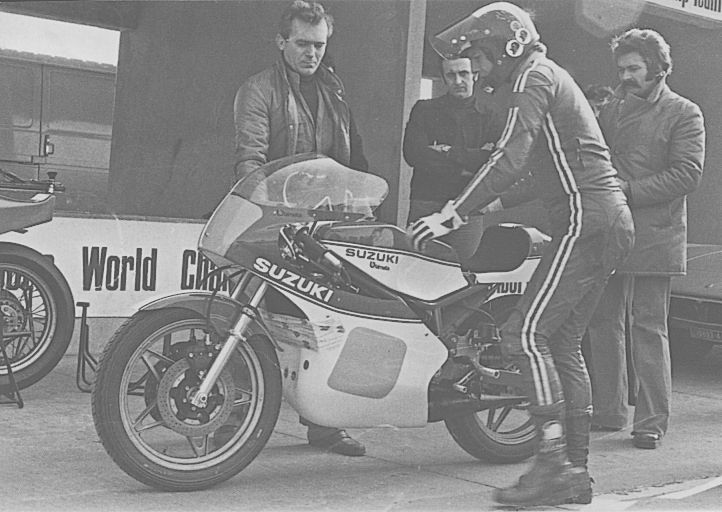
Tamburini with the first Suzuki powered Bimota SB1
In 1993, the remaining founder of Bimota, Giuseppe Morri left the Company and Walter Martini filled his position of General Manager. Bimota doubled its production under Martini's leadership. 1,250 bikes were produced in 1995.
Bimota celebrated its 25th Anniversary in 1996 at the Santamonica track in Misano. Fans from all over the world flocked to the track for the celebrations. As the 90s decade drew to a close, the first all-Bimota bike went from development to the production line. It was the 500 Vdue, designed by Robbiano. The bike, engineered by Marconi, was created for the road as a Moto G.P.
Customer's demands for the 500cc twin-cylinder Bimota engine powered Vdue were high. This lead the Company to deliver bikes before the model had been fully developed. All of the bikes had to be recalled, which left Bimota in a financial crisis.
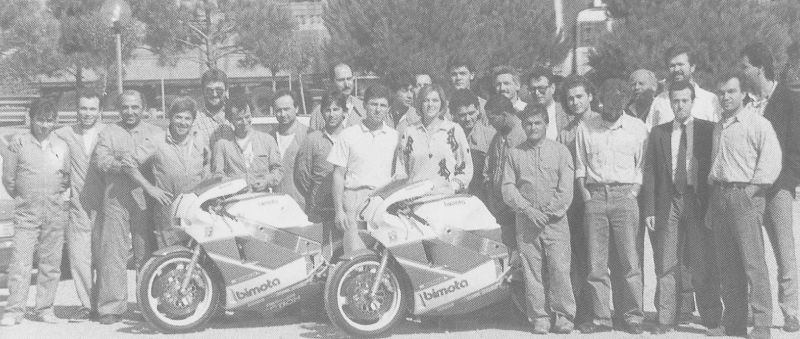
Bimota Team 1992
During this time, the top model at Bimota was the SB8R. It was produced in both carbon fiber and fiberglass versions. Bimota had returned to its roots with an innovative frame that carried a powerful Suzuki engine. After being absent from the racetrack for eleven years, Bimota returned. It took part in the Super-bike World Championship.
Virginio Ferrari managed the racing team. Technical Director was Franco Farne. Anthony Gobert rode the Bimota bike and was classified 12th in both the first and second race in Kyalami, South Africa. Anthony Gobert rode to victory again, two weeks later at the Australian GP on Philip Island - two great victories for Bimota.
Even though the results of these two races were amazing, Bimota found itself in dire financial straits once again. The Vdue engine project that had been started in the 1990s went terribly wrong. The Bimota factory went into bankruptcy. The factory closed. The first phase of Bimota ended abruptly at this time.
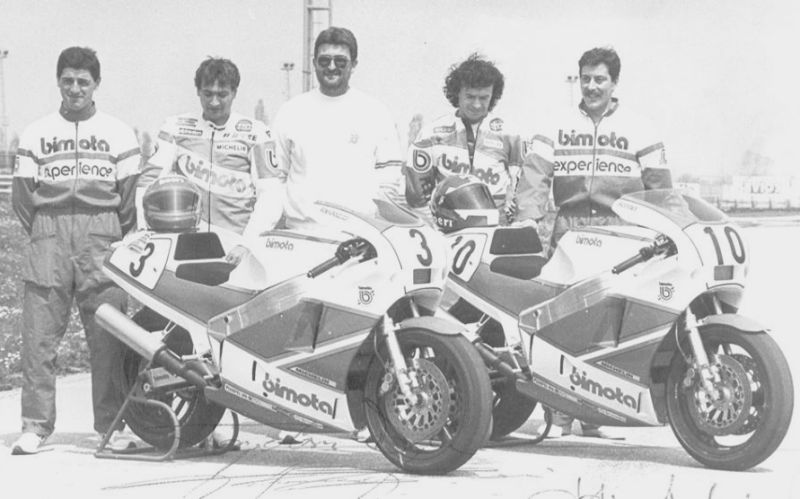
Bimota Corse
After many false dawns Bimota is finally resurrected in 2003 and a new management team installed with the aim of building on the heritage of the Bimota name and restoring the great traditions that have made the company a legend in motorcycle design.
The first positive results of this endeavour can be seen with the Motorcycle Design Award in the Supersport category at the Intermot Show being won by the new Bimota model, the DB5.
Another award to add to the many others that grace the walls and trophy cabinets of the companies historic Rimini factory. Bimota is back and with its return comes the romance and history of a very special marque.
We are looking for the following motorcycles. If you do have any of the below listed vehicles - and you are ready to sell - please Contact Us.
| Ducati |
|---|
| DB1 - DB9 |
| Tesi |
| Honda |
| HB1 - HB4 |
| Kawasaki |
| KB1 - KB3 |
| Suzuki |
| SB1 - SB6 |
| Yamaha |
| YB1 - YB8 |
We buy, sell, broker, locate, consign and appraise exceptional classic, sports and collector Bimotas'
Contact us when you are serious about buying a fine Bimota Motorcycle or to arrange a free and confidential valuation with a view to selling.
